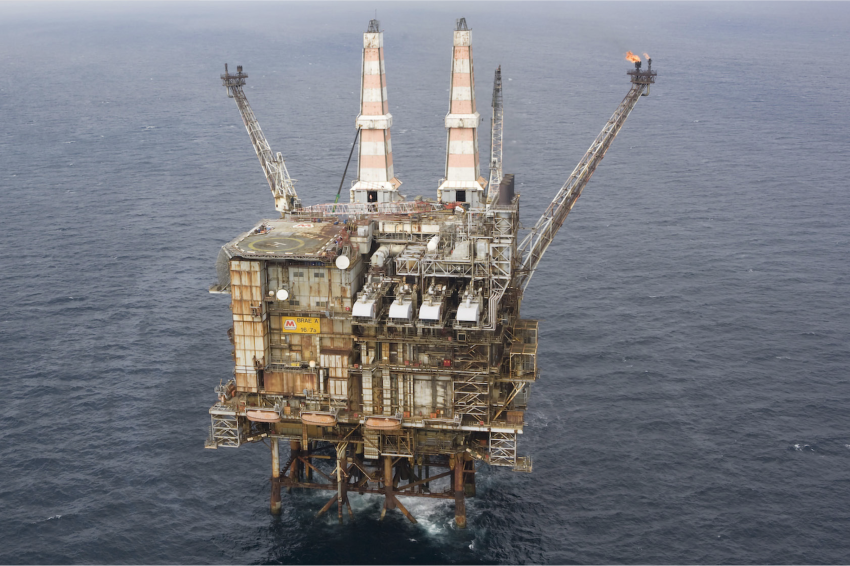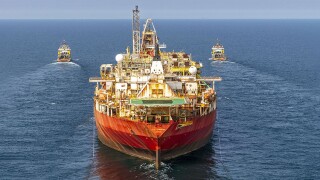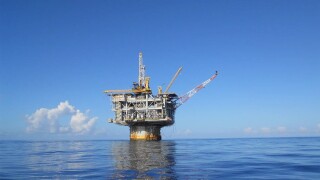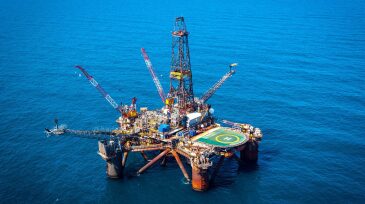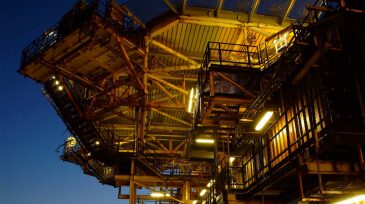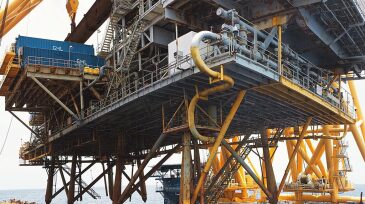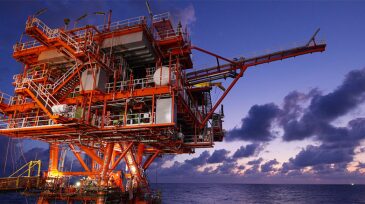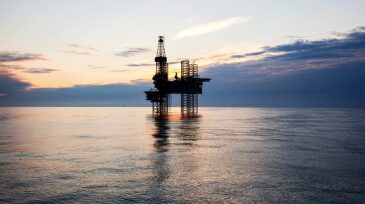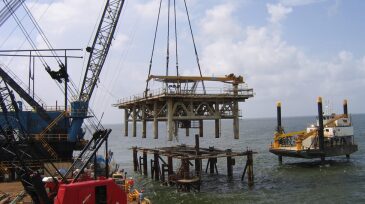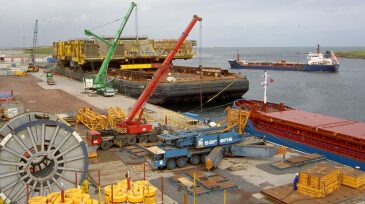Decommissioning
Marine contractor also approves the construction of a new heavy-transport ship.
Shell became the first international company to operate producing fields offshore Brazil and the first to navigate the country’s complex and detailed decommissioning permitting process, which involved extensive environmental assessments, regulatory approvals, and coordinated stakeholder engagement.
ExxonMobil moves forward with the decommissioning of a 25-year-old deepwater US Gulf development.
-
The Buchan Alpha ended production on 12 May in the UK North Sea. The semisubmersible moored floating production facility will be decommissioned by Veolia at its Dales Voe site in Lerwick, Shetland.
-
A panel of UK government officials and industry executives discuss opportunities to increase efficiency in North Sea decommissioning programs.
-
This paper presents full-scale tests that show it is possible to obtain good cement placement when the tubing is left in the hole.
-
When companies are rewarded for short-term performance, there is little incentive to deal with long-term risks such as decommissioning. It’s so much easier to leave it for the future; but increasingly, that future is now.
-
Oil and gas producers in the Gulf of Thailand face unique technical challenges. This review of papers illustrates some of the innovative solutions used in the region.
-
A new university-led consortium aims to bring together industry and academia to help operators efficiently orchestrate the final days of deepwater developments.
-
Royal Dutch Shell CEO Ben van Beurden is to speak at the opening plenary session at SPE Offshore Europe 2017, which is being held in Aberdeen from 5–8 September.
-
Western Europe is the first area outside of the US Gulf of Mexico to see large-scale decommissioning. Well decommissioning is forecast to account for the majority of the expenditure.
-
CEO Bob Dudley, who calls BP’s UK North Sea business one of its “crown jewels”, will address hundreds of delegates at the opening plenary session at Europe’s foremost exploration and production technical conference and exhibition.
-
Heavy-lift vessels aim for opportunities in decommissioning in UK North Sea and Norway and offshore wind projects.

